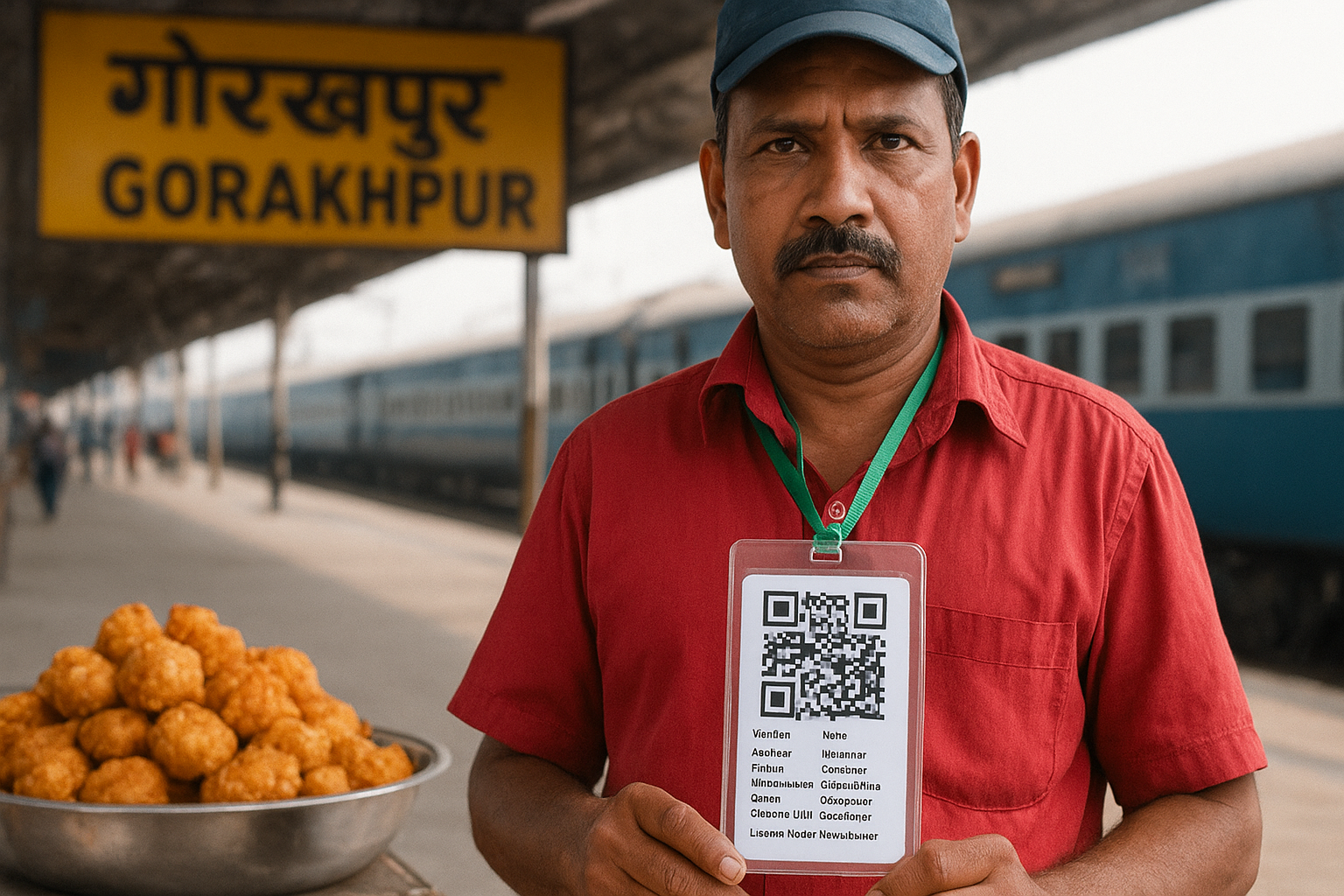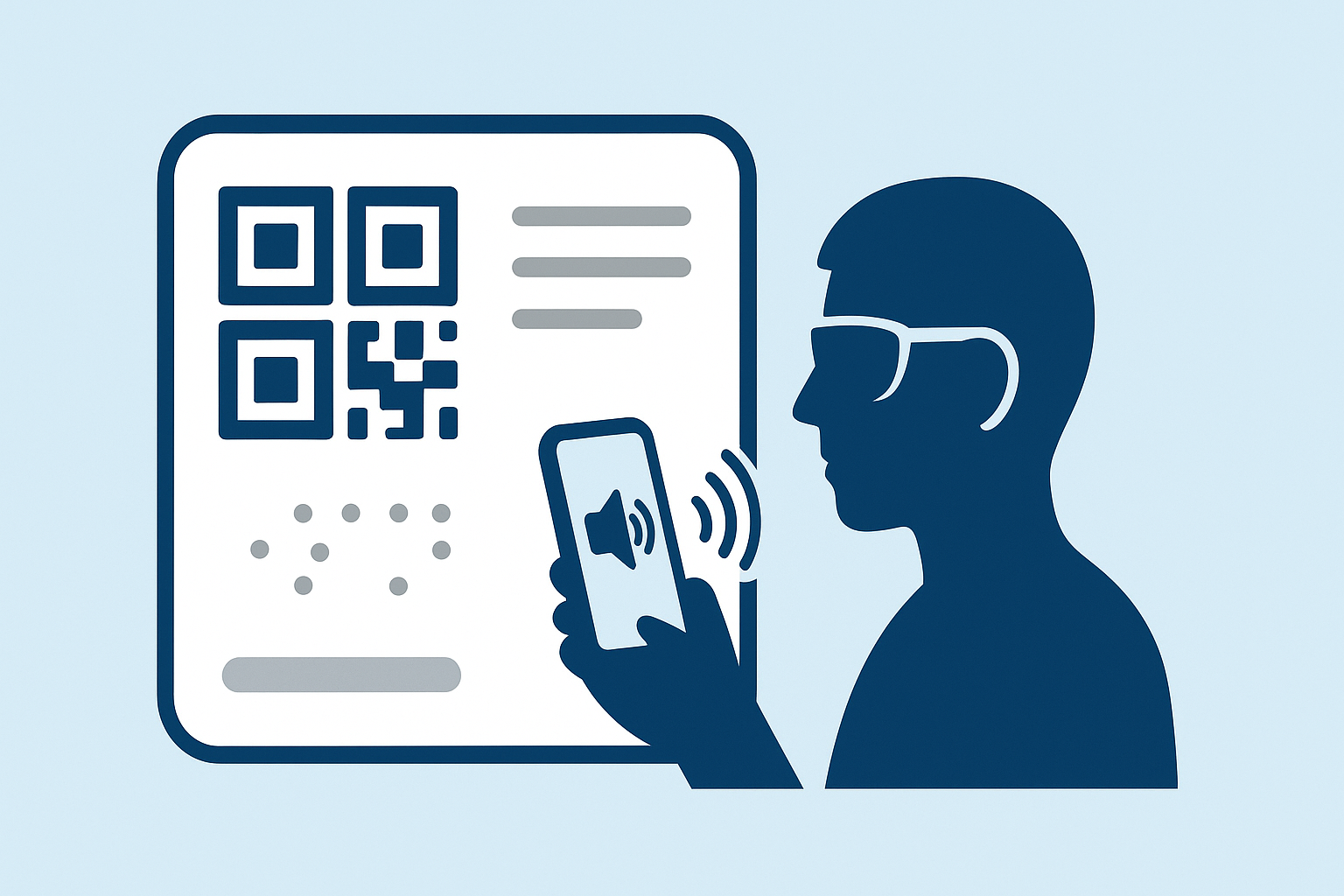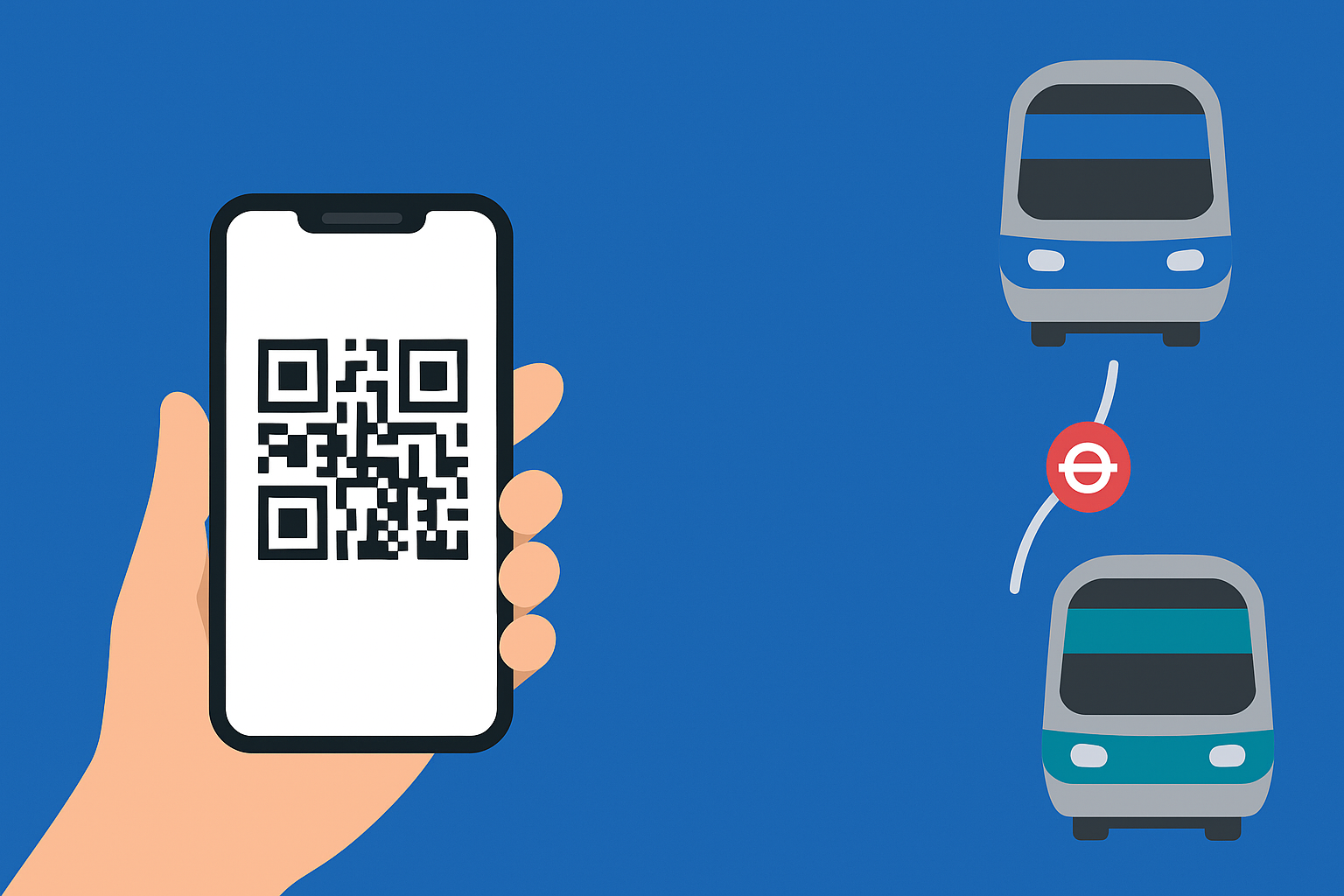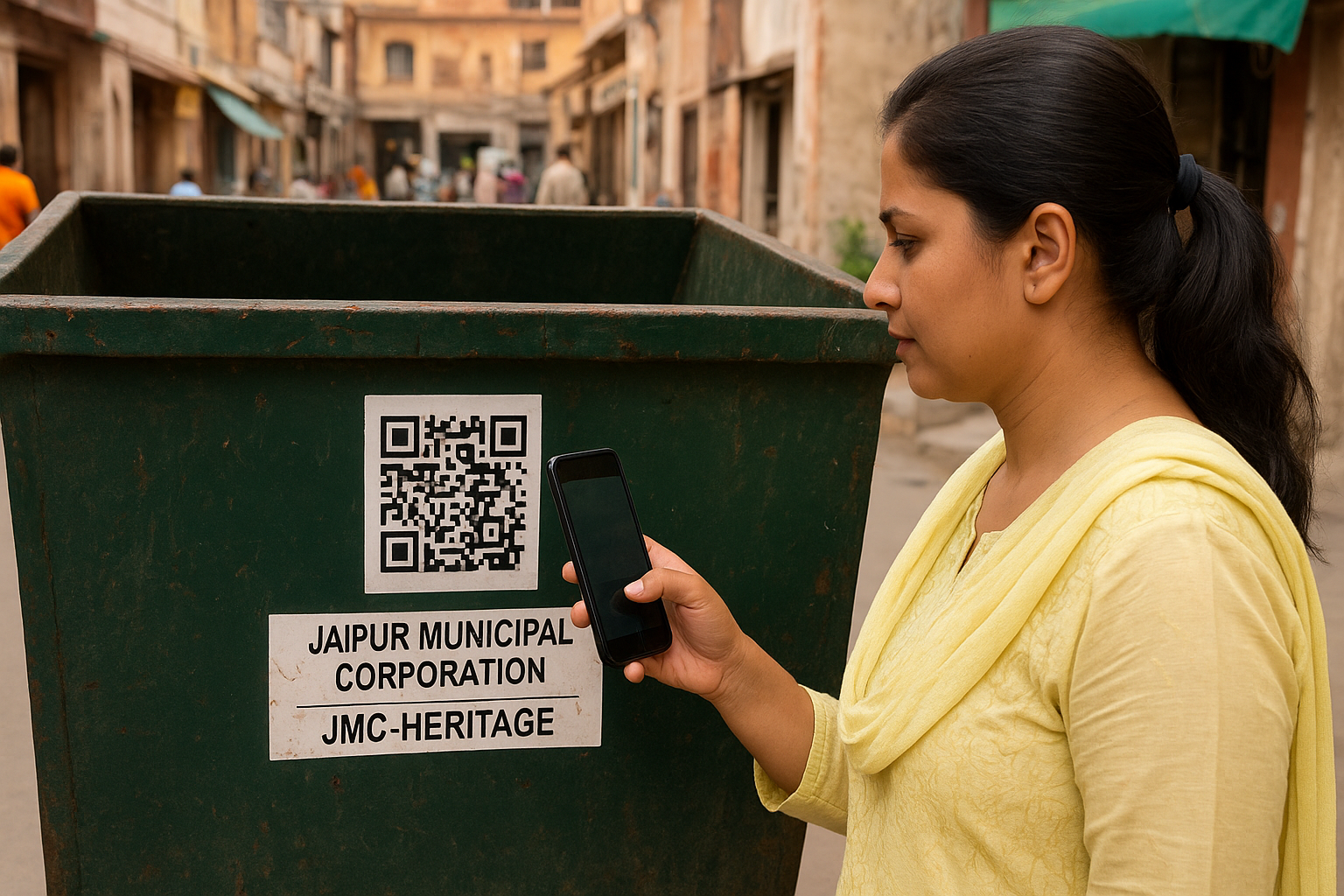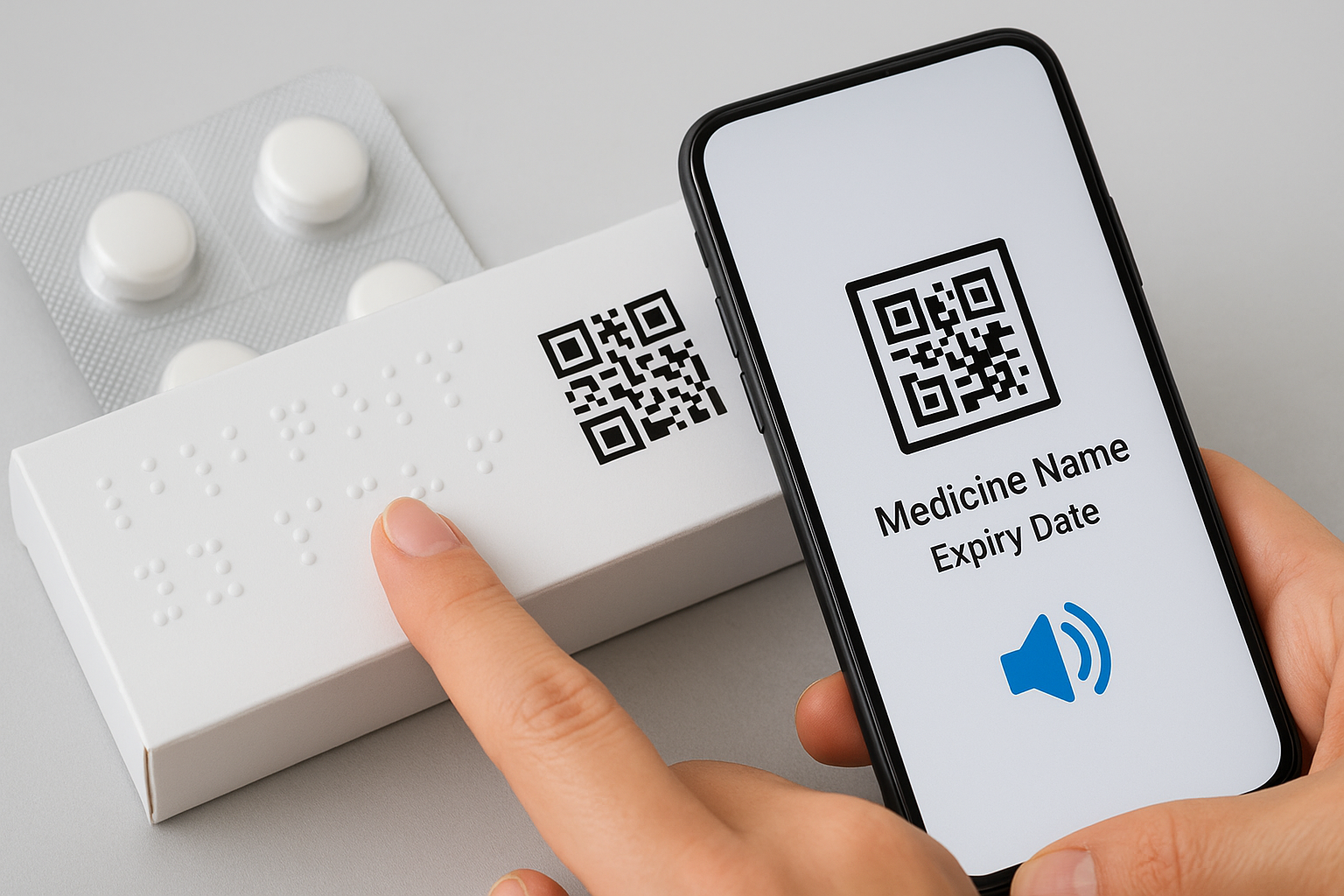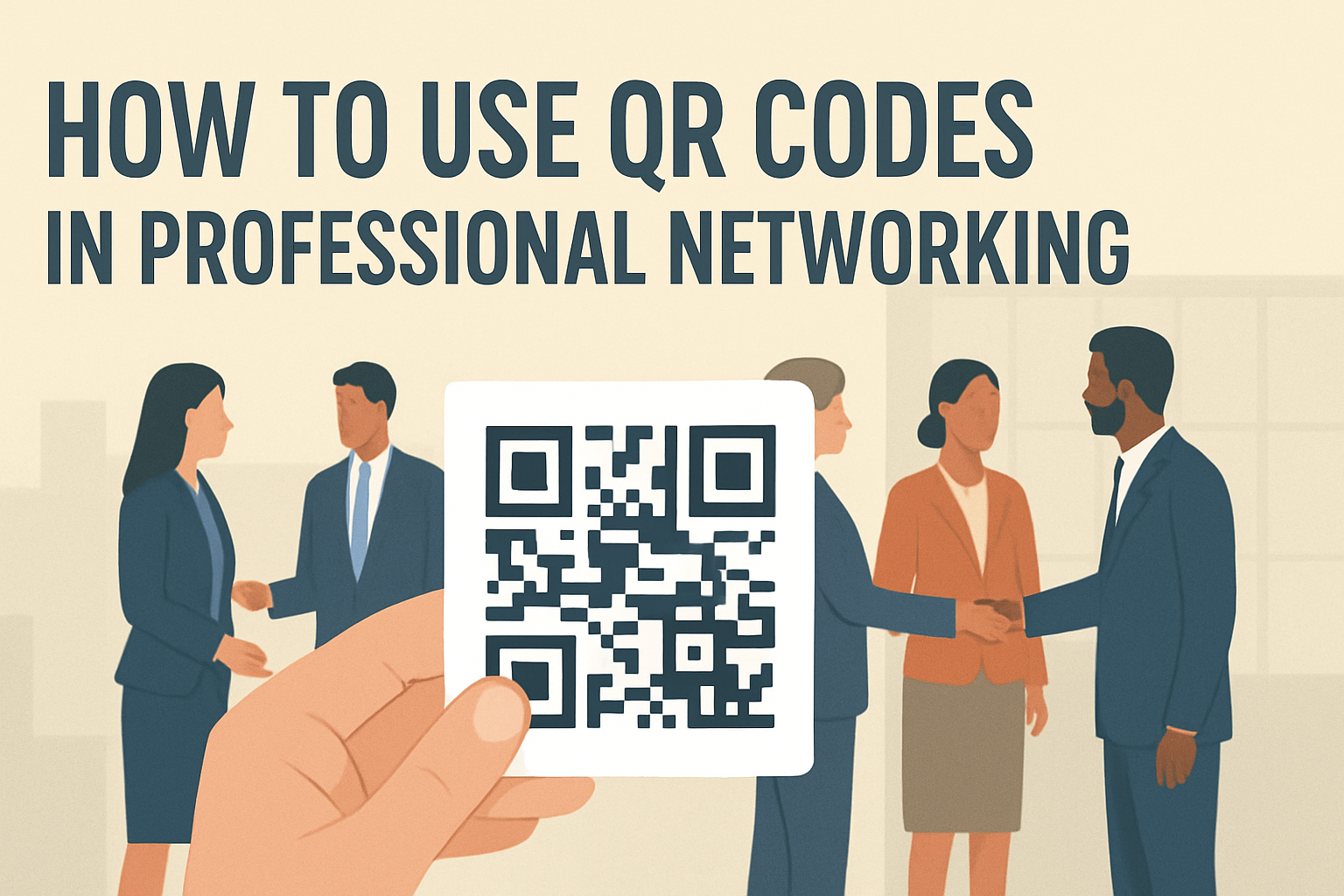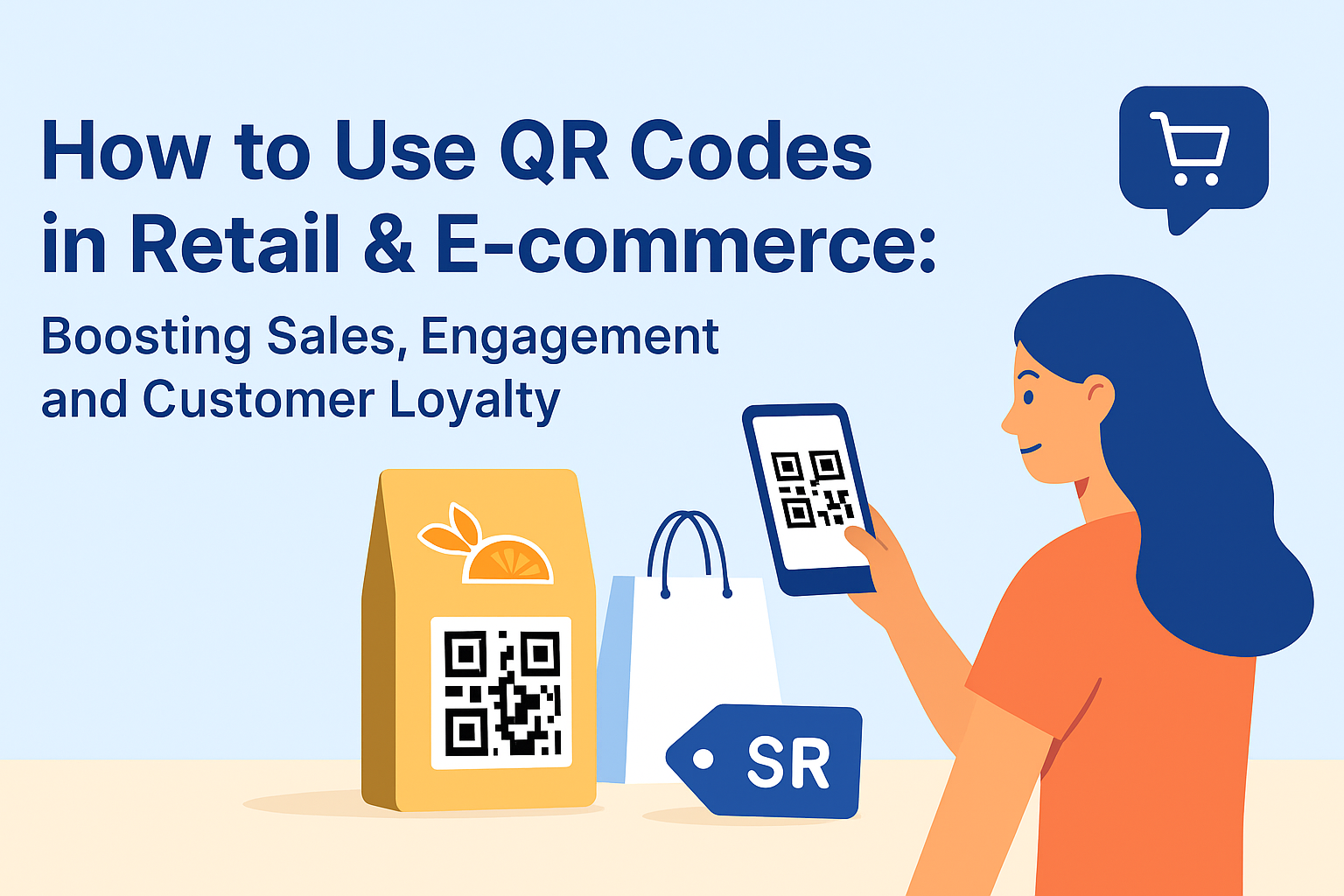Quick Summary
Lucknow railway division has prepared 443 QR-coded ID cards for vendors across 28 stations including Gorakhpur, Gonda, Lucknow Junction, and Aishbagh. Scanning the cards reveals vendor identity, fitness, and license details, deterring illegal vending and improving food safety.
Table of Contents
1. Introduction
The Lucknow railway division is rolling out QR-coded identification for vendors selling food at stations and onboard trains. The initiative focuses on transparency: authentic vendors now wear scannable ID cards, enabling passengers, IRCTC, and railway officials to verify credentials in real time. The immediate priority includes stations such as Gorakhpur, Gonda, Lucknow Junction, and Aishbagh.
2. Background & Rationale
- Food safety concerns: Without secure identification, it is difficult to assess hygiene, licensing, or medical fitness of vendors handling food.
- Illegal vending: Unauthorized sellers often operate on platforms and trains, exploiting passenger demand while bypassing regulations.
- Railway Board directive: Divisions were instructed to authenticate vendors and their assistants via verifiable means, prompting the QR card deployment.
3. Key Features of the QR-Code ID Cards
| Detail | What It Shows |
|---|---|
| Vendor's Name | Registered name of the vendor wearing the card |
| Aadhaar Number | Identity verification reference |
| Fitness Certificate | Medical fitness status required for food handling |
| Police Verification | Date and validity of background checks |
| Station / Deployment Unit | Authorized platform or train assignment |
| License Holder Name | Primary licensee under whom the vendor operates |
4. Implementation: Stations & Numbers
- Coverage: 28 stations within the Lucknow division, spanning Gorakhpur, Gonda, Lucknow Junction, Aishbagh, Anandnagar, and more.
- Total cards prepared: 443 vendor IDs.
- Gorakhpur focus: 79 cards assigned, reflecting its status as a major junction.
- Compliance: Vendors must display the ID while vending; untagged sellers face removal.
5. Expected Benefits and Challenges
Benefits
- Passengers can instantly verify vendor legitimacy, boosting trust.
- Food hygiene improves through traceable fitness checks and licensing.
- Unauthorized vending is harder to sustain without a scannable ID.
- Railway officials gain an auditable trail for monitoring vendor operations.
Challenges
- Ensuring every vendor consistently wears the QR ID.
- Maintaining accurate, up-to-date backend data.
- Driving adoption among vendors who may resist new protocols.
- Keeping health and police verification current via timely renewals.
6. Conclusion
The QR-based ID system for railway vendors marks a meaningful shift toward safer, more transparent food services on India's platforms and trains. By authenticating vendors and making credentials public with a scan, the Lucknow division is setting a precedent for accountability. The next challenge lies in reinforcing compliance, keeping records current, and scaling the model across other zones.


